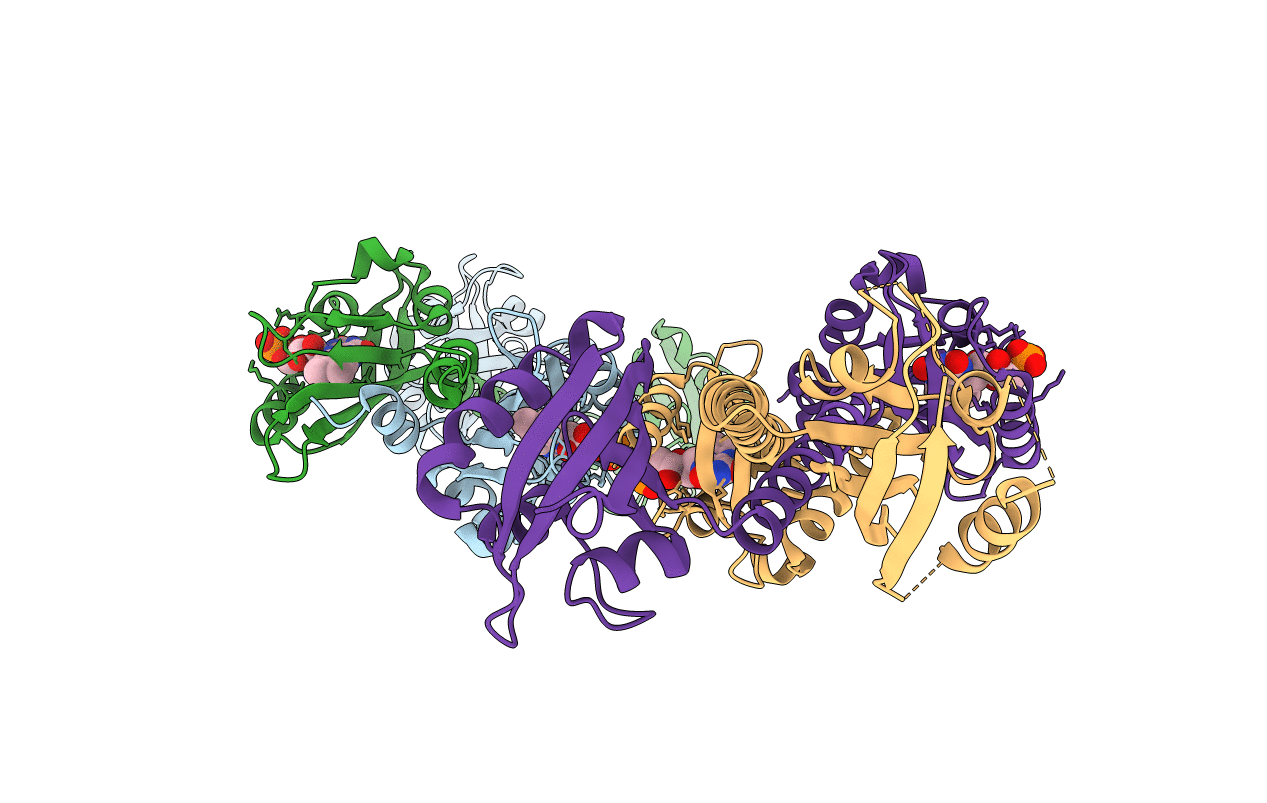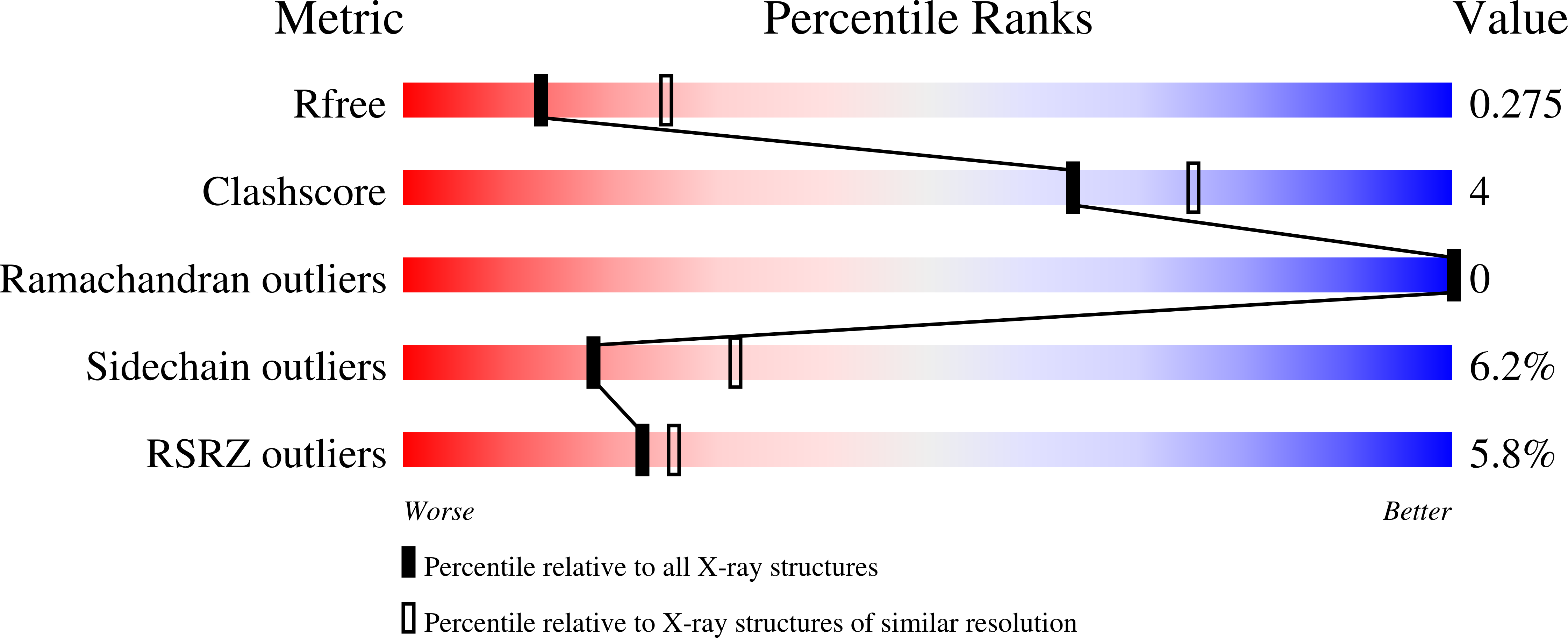
Deposition Date
2019-06-25
Release Date
2020-12-30
Last Version Date
2023-10-11
Entry Detail
PDB ID:
6PH3
Keywords:
Title:
LOV-PAS construct from the LOV-HK sensory protein from Brucella abortus (dark-adapted, construct 15-273)
Biological Source:
Source Organism:
Host Organism:
Method Details:
Experimental Method:
Resolution:
2.74 Å
R-Value Free:
0.26
R-Value Work:
0.22
R-Value Observed:
0.22
Space Group:
P 1 21 1


